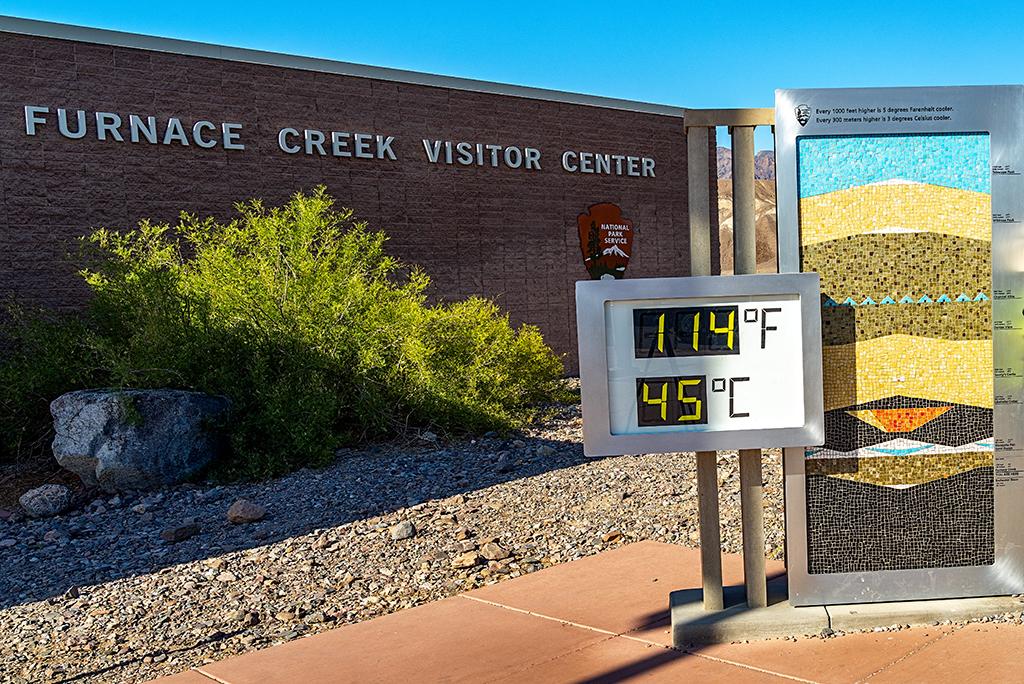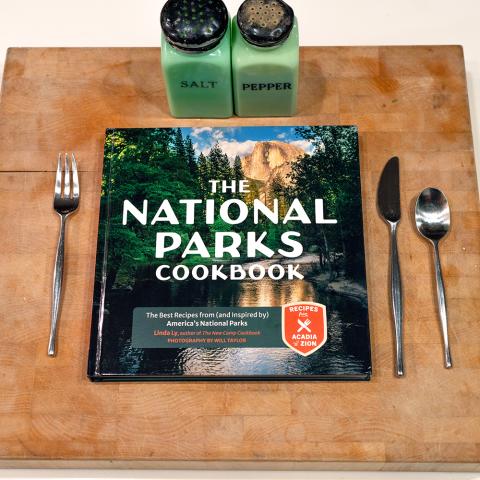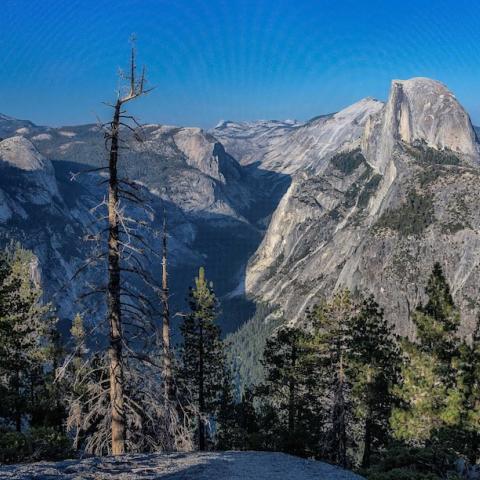
It's predicted to get hotter than a mere 114 degrees F at Death Valley National Park / Rebecca Latson
Editor's Note: This updates with a motorcyclist's death due to heat exposure and several others treated for heat illness at Death Valley National Park.
The social media team at Yosemite posted a warning on its Facebook page that many other parks could borrow:
With the high temperatures we are experiencing and the excessive heat warning from the National Weather Service in place until July 11, we want all those visiting the park to take the necessary steps to stay safe and cool.
- Consider taking the following actions to mitigate your likelihood of getting a heat injury or experiencing heat exhaustion:
- Drink water regularly, even when you are not actively thirsty. There is potable water throughout the park to fill water bottles with.
- Take lots of rest from activity in the shade. Structure more physically strenuous parts of your trip during the coolest time of day (morning and evening).
- Maintain your electrolyte balance by consuming salty snacks at regular intervals.
- Listen to your body, check in with those around you, and continuously reassess your comfort with the level of activity you are doing.




 Support Essential Coverage of Essential Places
Support Essential Coverage of Essential Places






